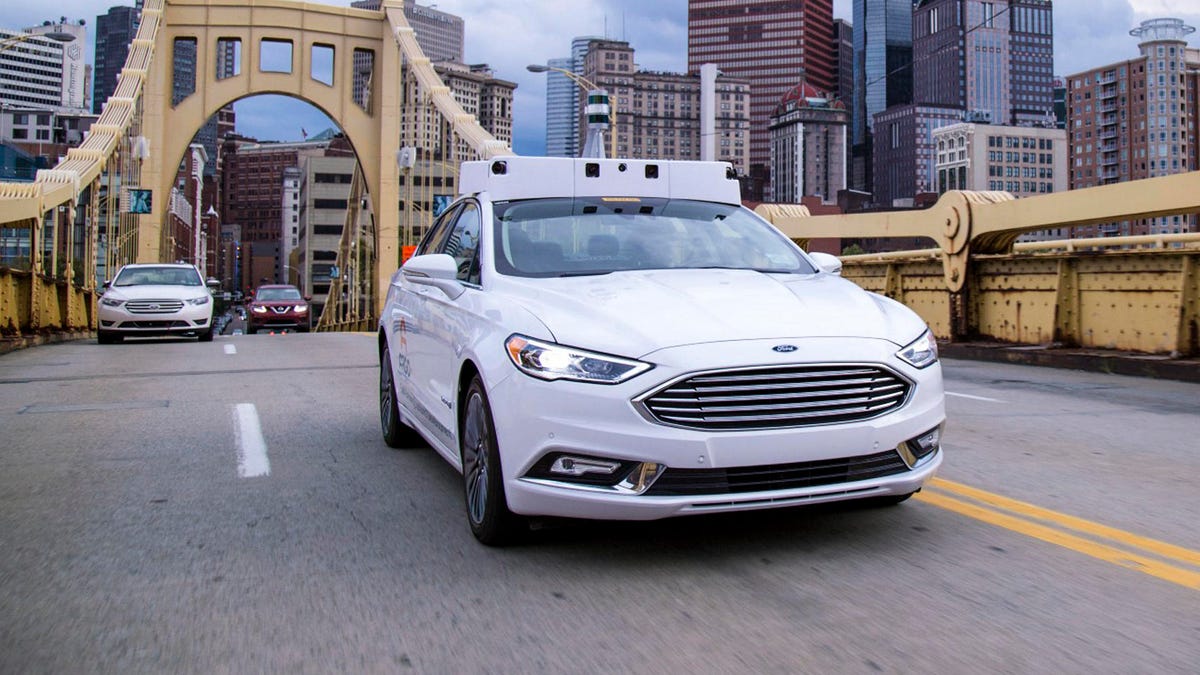Argo AI CEO says to look past the self-driving hype
The company's chief believes we're still a long ways from introducing autonomous cars to the public.

Ford invested $1 billion in Argo AI to help bring self-driving cars to the masses. But don't count on them arriving any time soon, if Argo's CEO is to be taken at his word.
In a post on Medium, CEO Bryan Salesky suggests the public temper its expectations of near-future autonomous cars: "We're taking a pragmatic approach to bringing about fully self-driving cars... We're playing the long game and avoiding the hype in our commitment to bring this important technology to maturity."
"Those who think fully self-driving vehicles will be ubiquitous on city streets months from now or even in a few years are not well connected to the state of the art or committed to the safe deployment of the technology," Salesky wrote.
It's easy to get caught up in all the excitement around self-driving cars, but patience is a necessity if we want to make sure the first generation gets it right.
Many automakers have not shied away from trying to pin dates on when to expect self-driving cars. Some say it's closer to the end of the decade, while others are admitting that this technology make take over a decade to perfect still. Argo AI obviously falls in the latter category, and the CEO's Medium post sort of takes the others to task on their aggressive estimates.
If anything, the first generation of self-driving vehicles won't be used to whisk you around town on a whim. They'll likely get put to use in commercial endeavors first, whether that's delivering mail, picking up garbage or as ride-hailing vehicles. Some moves have already been made in the latter category, like Waymo's public trials in Phoenix.
Salesky believes there are still several hoops to jump through before we should even talk about big-time autonomy, most of which relates to hardware. He discusses the current shortcomings of lidar (needing cameras to flesh out its maps, which come with their own set of problems) and ultrasonic sensors (difficulty working in severe weather) as two key examples.
More likely than not, automakers will continue to take what they've learned and adapt it to improve modern driver-assistance systems like adaptive cruise control. GM has already expanded its cruise-control capabilities with the occasionally-hands-off Super Cruise, and Honda hopes to launch a semi-autonomous highway driving system by the end of the decade. Audi has a SAE Level 3 highway driving system in the 2019 A8, but it won't be available in every market to start.
We do tend to report on many of these pie-in-the-sky claims, but they should always be taken with a grain of salt. If anything, covering these claims will serve to see who actually lives up to those promises, or if they're nothing more than vapor. Odds are, we'll get to the future many have envisioned, just not on the timelines we've been hearing about.

